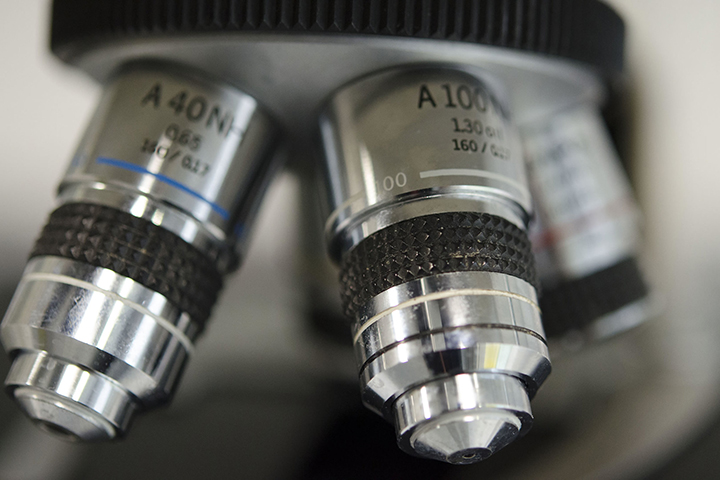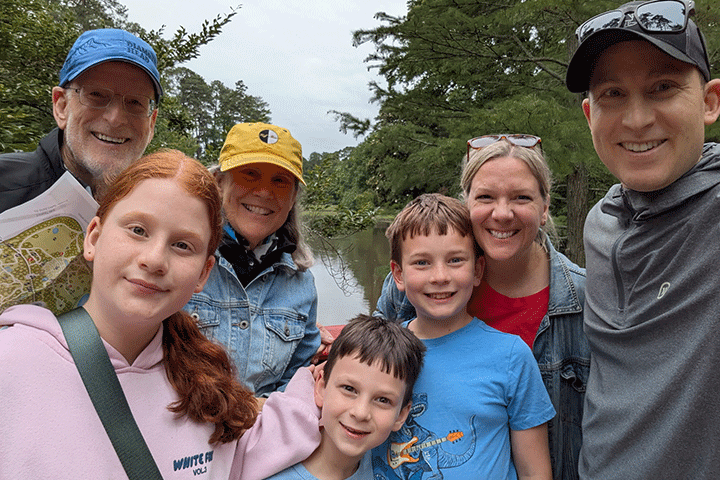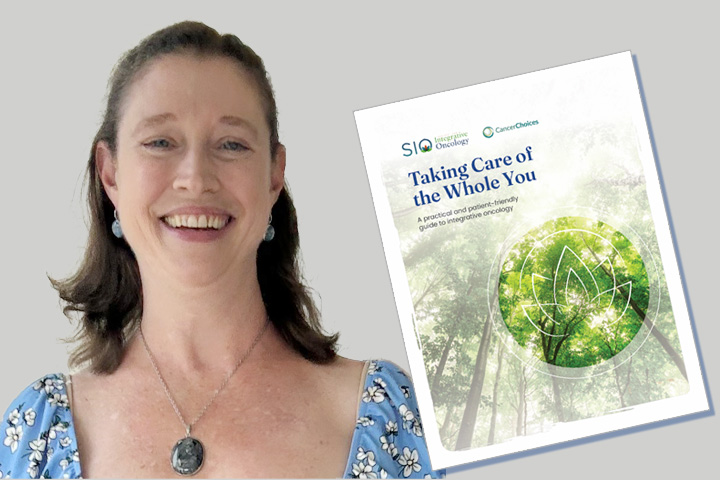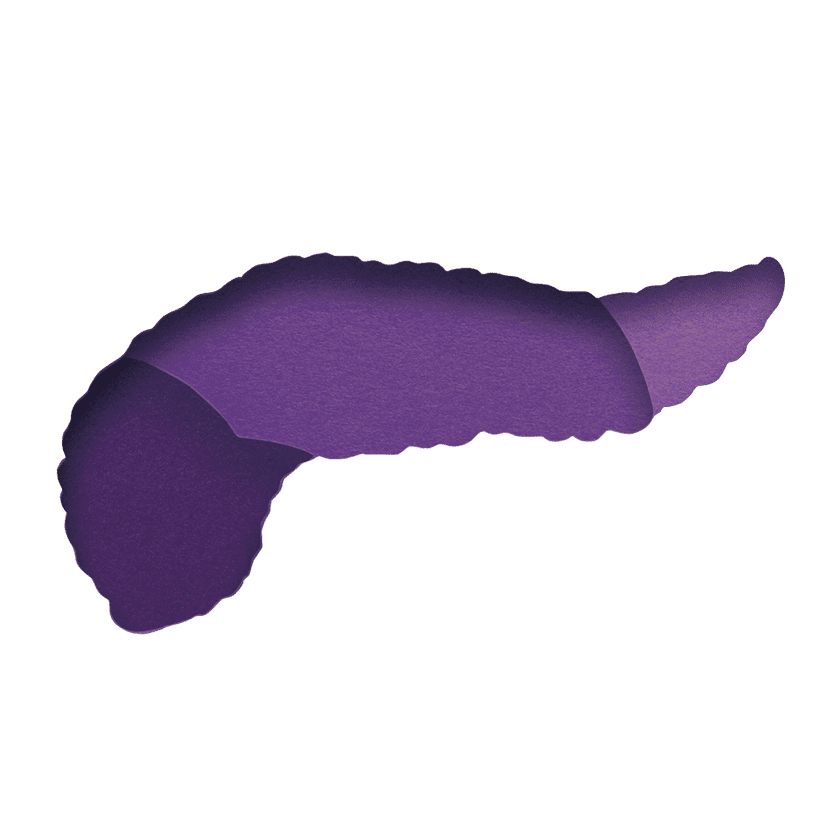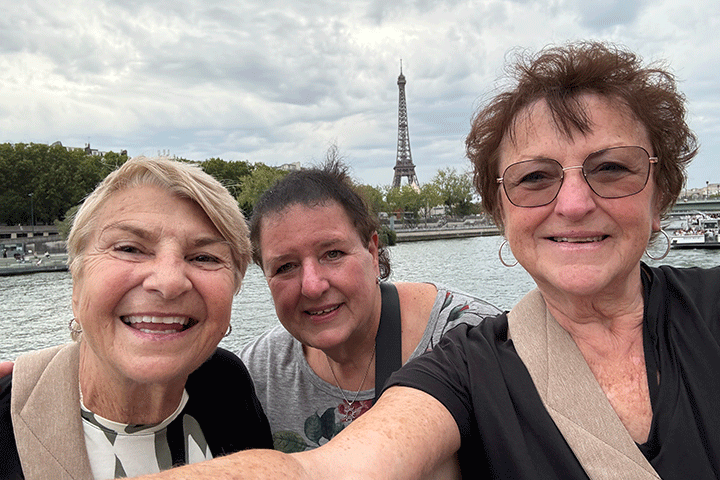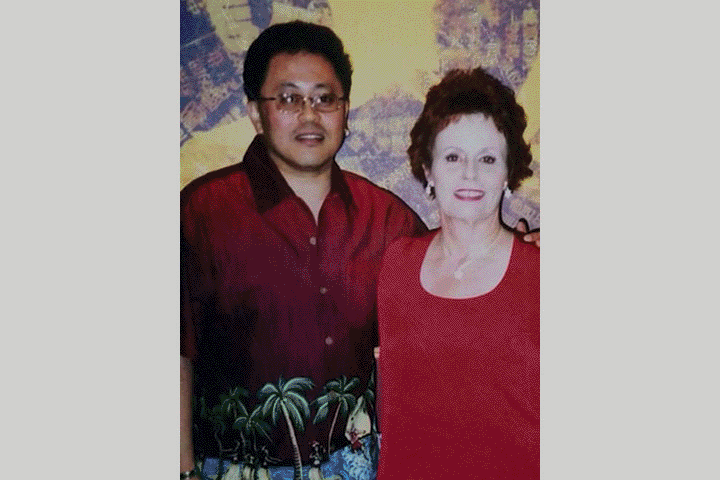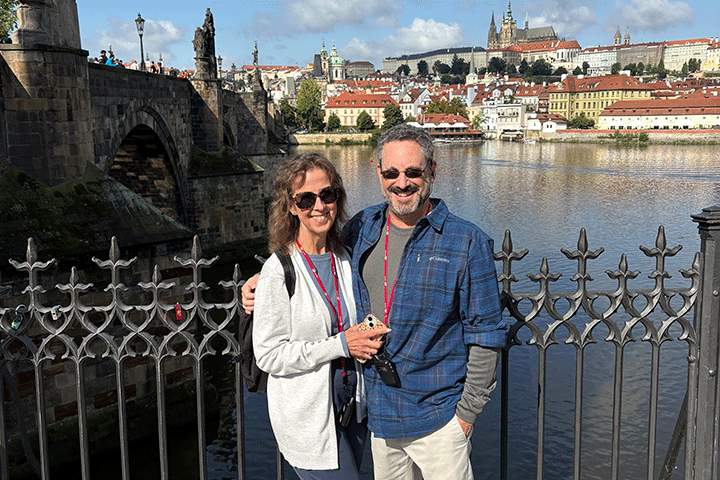No Time To Lose
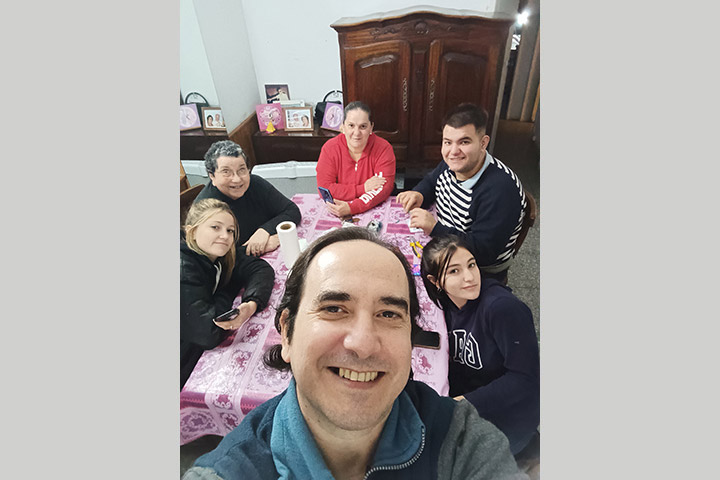
- Pancreatic stent relieves symptoms
- Whipple procedure
- Pancreatic enzymes for life
I was diagnosed with pancreatic cancer in 2018. I am telling my story so others can have hope.
To say the symptoms of my pancreatic cancer drove me crazy is an understatement. They were intolerable. In December 2018 I developed terrible itching from head to toe. My skin was jaundiced and my stools turned white. I was losing weight for no apparent reason.
My doctor referred me to a hepatologist who ordered an abdominal ultrasound and endoscopic retrograde cholangiopancreatography (ERCP). Blood analysis confirmed that my bilirubin count was very high, as were my CA 19-9 markers. The tests confirmed that I had pancreatic adenocarcinoma.
Relief From a Pancreatic Stent
I was 45 years old at the time. I had given up smoking five years before that and had regular checkups. I felt like I was a very healthy person, so I was surprised by the diagnosis. But I was ready to put up a fight.
I went to Hospital Italiano La Plata, near my home in La Plata, Argentina. First, Dr. Di María, my gastroenterologist, placed a pancreatic stent in my body. It relieved so much of my discomfort. The bilirubin left my body through urine, which turned very yellow. The itching also went away. Finally, I felt good again.
Dr. Di María told me that I had to have surgery to remove the tumor. The tumor was located at the head of my pancreas, so a Whipple procedure was performed by Dr. Gabriel Raffin on April 9, 2019. I didn’t have chemotherapy before the procedure, but I had to do six cycles of it afterward. The chemo was very mild and fortunately left me with few side effects. I continued with checkups every six months after that and then eventually switched to follow-ups once per year.
Changes To My Diet
From the day of the diagnosis, I was prescribed pancreatic enzymes, which I will take for life. I take them with every meal.
I have changed my diet quite a bit since my diagnosis. I don’t drink alcohol at all, not that I drank very much before that. I limit fats to a minimum. I drink very little milk and only lactose-free milk when I do have it. I incorporate vegetables whenever possible. I also drink a lot of broth and mineral water. And I avoid processed foods.
Two years after the operation I was diagnosed with type 2 diabetes, but the doctor told me that it had nothing to do with the Whipple procedure.
If I Hadn’t Had Surgery . . .
I am now 50 years old and five years past my surgery. I feel great today. I have four children and I want to see them grow up and give me grandchildren.
If I hadn’t had surgery, I think I would have died. The operation saved my life. Spiritually, having confronted my potential death made me rethink many things. I live my life differently than before. I try not to make a big deal out of things that don’t deserve it. I also try to live more simply.
Don’t Lose Hope
If I could say anything to others who are facing the same situation, it is this: Don’t lose hope! Keep fighting and exhaust all treatment possibilities. It is also very important to get a diagnosis as early as possible. I have had routine blood tests for cholesterol, triglycerides, and blood pressure since I was 30 years old. I also paid attention to my symptoms when they first appeared. Maybe that’s why I was able to detect my cancer in time.
In fact, I may have had the opportunity to have caught it sooner. My annual blood tests showed a slightly elevated transaminase value earlier in 2018. The itching had just begun and was mild at the time. We didn’t think anything of it, but looking back, maybe there were clues. But when the symptoms got worse, I insisted on further investigation. Thank goodness I did! I may have lost precious time if I didn’t act when I did. I try not to think too much about it. Once diagnosed, there was no time to lose.
